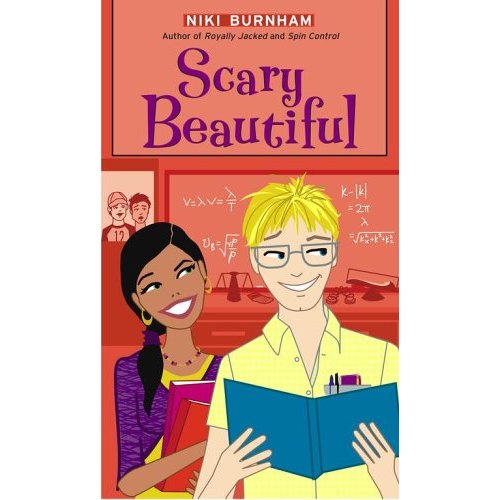I mentioned a few months back that I’m working on a new comic book series based on the TV show Charmed and a few of my Ro Com Compatriots asked what it was like to write for comics. Now that Issue 1 is out and I have a bit more experience under my belt under the tutelage of my co-writer, Raven Gregory, I thought it might be fun to share some of the things I’ve learned so far. As with any writing, the learning process is forever ongoing. These are just some general lessons and there are exceptions to every rule.
1. A comic book script is the most concise form of writing I have ever attempted. The average comic book is about 20-some pages of content. Sometimes the story will continue over an arc of several comics, but each individual issue (as any story) should have some kind of beginning, middle, and end to it. For me, outlining is absolutely necessary in this process.
The first thing I do when approaching a new issue is I create a table in Word that is two columns wide and twelve rows long. Then I break it out as if it were the layout of the comic book. The top row is the inside cover and page one. Second row is pages two and three, and so on and so on. Then I fill each box in the grid with the basic action that will take place on that page. This allows me to move things around, control the pacing of the story, and generally get a visual on where the big reveals will be. All reveals happen on even numbered pages so that when you turn the page--BOOM--something interesting should be happening on the left page, as here in the U.S. we read from left to right. (Mind you, you can’t just make every even page “exciting” because a story has a natural flow.)
3. A comic book page is only so large. You can only fit so many panels on one page. You can only fit so much information into one panel. You have to envision the page as you want the artist to draw it, balancing out the number of panels with the amount of information each panel reveals. Then you have to link the panels into a story.
This is where you get to have fun. Some pages can be packed with panels. Some might only have two or three panels. In rare cases, you can have one panel equal a whole page. And in really special cases, you might have one panel stretch out over a two-page spread for a really big reveal. This is where the pacing comes in. Sometimes you set the pacing and other times the pacing sets you depending on how much information you need to share. A big two-page spread might be fun to have the artist create, but if you need to reveal a bunch of information over those two pages, it might be best to use multiple panels to do it.
4. The artist is not a mind reader. You have to be very careful how you describe the art that is going to be drawn. That’s a risk with novels as well. When I’m describing something to a reader in a novel, I can’t get into that reader’s mind and tell her what to think. There’s always a chance the reader will imagine something differently than I intended. With comic books, if the artist draws something that does not match your intention the reader will only see what appears on the page.
5. You have to be able to let go. Comic books are a collaboration. No matter how in sync you are with the artist, some things will not be translated the way you pictured them. If you’re lucky enough to see the art before it goes to print (which is not always the case) you can’t nitpick every little thing. You have to focus on the big stuff. The things that affect the story. Because if you do start getting all nitpicky you should be warned that the artist may want to kill you. But sometimes the changes may be worth placing your life in jeopardy.
























1 comment:
Awesome info, P.J. I'm printing this out and keeping it handy for reference. Thanks for taking the time to break it down for us!
Post a Comment